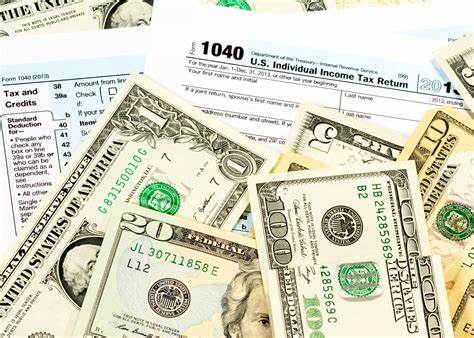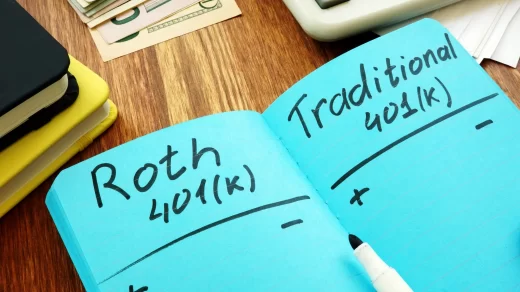As with ordinary income, there are multiple rates for capital gains taxes. Your capital gains tax rate is a function of (a) how long you held the investment and (b) your total taxable income.
Short-term Capital Gains vs. Long-Term Capital Gains
The dividing line between short-term and long-term capital gains is one year. If you buy an investment, hold it for less than one year, and then sell it, the gain will be subject to your short-term capital gains tax rate.
Here’s the important part: Your short-term capital gains tax rate is the same as your ordinary income tax rate. So if you’re in the 22% income tax bracket, you’ll pay 22% tax on short-term capital gains. If you’re in the 37% income tax bracket, you’ll pay 37% tax on short-term capital gains.
For example, if you buy an ETF for $1,000 and sell it 45 days later for $1,500, you have a capital gain of $500. Because you held the ETF for less than a year, this gain is taxed at your marginal income tax rate. So, if you are in the 24% tax bracket, you will owe $120 in taxes ($500 gain x 24%) due to this transaction.
Taxable Income and Long-Term Capital Gains Tax Rates
On the other hand, if you held the ETF for more than a year before selling it, you may be subject to a lower long-term capital gains tax rate.
Currently, there are three different long-term capital gains tax rates that are tied to your total taxable income (not your investment income). The long-term capital gains tax rates are 0%, 15%, and 20%. Your rate will depend on your total taxable income and filing status. This is shown in the table below.
Taxable Income Limits for Long-Term Capital Gains Rates, by Filing Status (2022)
| Long-Term Capital Gains Tax Rate | Single | Married Filing Separately | Head of Household | Married Filing Jointly |
| 0% | $41,675 | $41,675 | $55,800 | $83,350 |
| 15% | $459,750 | $258,600 | $488,500 | $517,200 |
| 20% | Over $459,750 | Over $258,600 | Over $488,500 | Over $517,200 |
Wait, There’s More
Just when you thought you were finished figuring out your capital gains tax, here’s another wrinkle: the net investment income tax.
While not technically a tax on capital gains, the net investment income tax is a tax on investment income, and investment income includes capital gains (and interest and dividends). The net investment income tax rate is 3.8% and it applies only to people whose modified adjusted gross income (MAGI) exceeds certain levels.
Here are the applicable MAGI thresholds for the net investment income tax:
Modified Adjusted Gross Income Thresholds for Net Investment Income Tax
| Single | $200,000 |
| Married Filing Separately | $125,000 |
| Head of Household | $200,000 |
| Married Filing Jointly | $250,000 |
Note that these thresholds are not adjusted for inflation annually (unlike many other limits, thresholds, and brackets in the federal income tax code).
The bottom line is that if you are in the highest income tax bracket (37% currently), you could pay as much as 40.8% tax on capital gains if you realize short-term capital gains. On long-term gains, you may pay as much as 23.8% total tax. That’s a lot better, but still almost a quarter of your gain. The story is better for those in lower income brackets, but anyone who wants to try to manage capital gains taxes should consider tax loss harvesting and charitable gifts of appreciated investments as ways to mitigate capital gains taxes.




